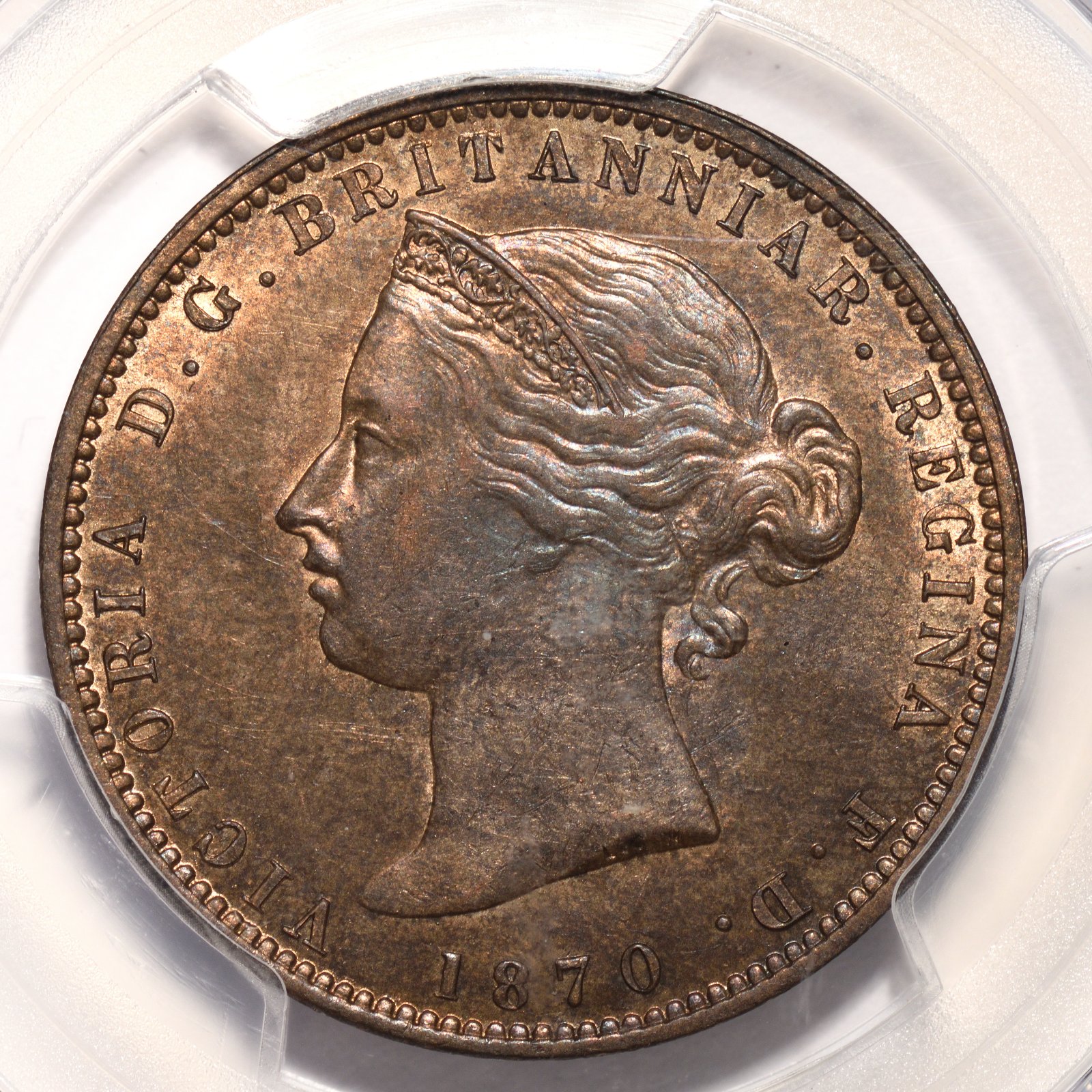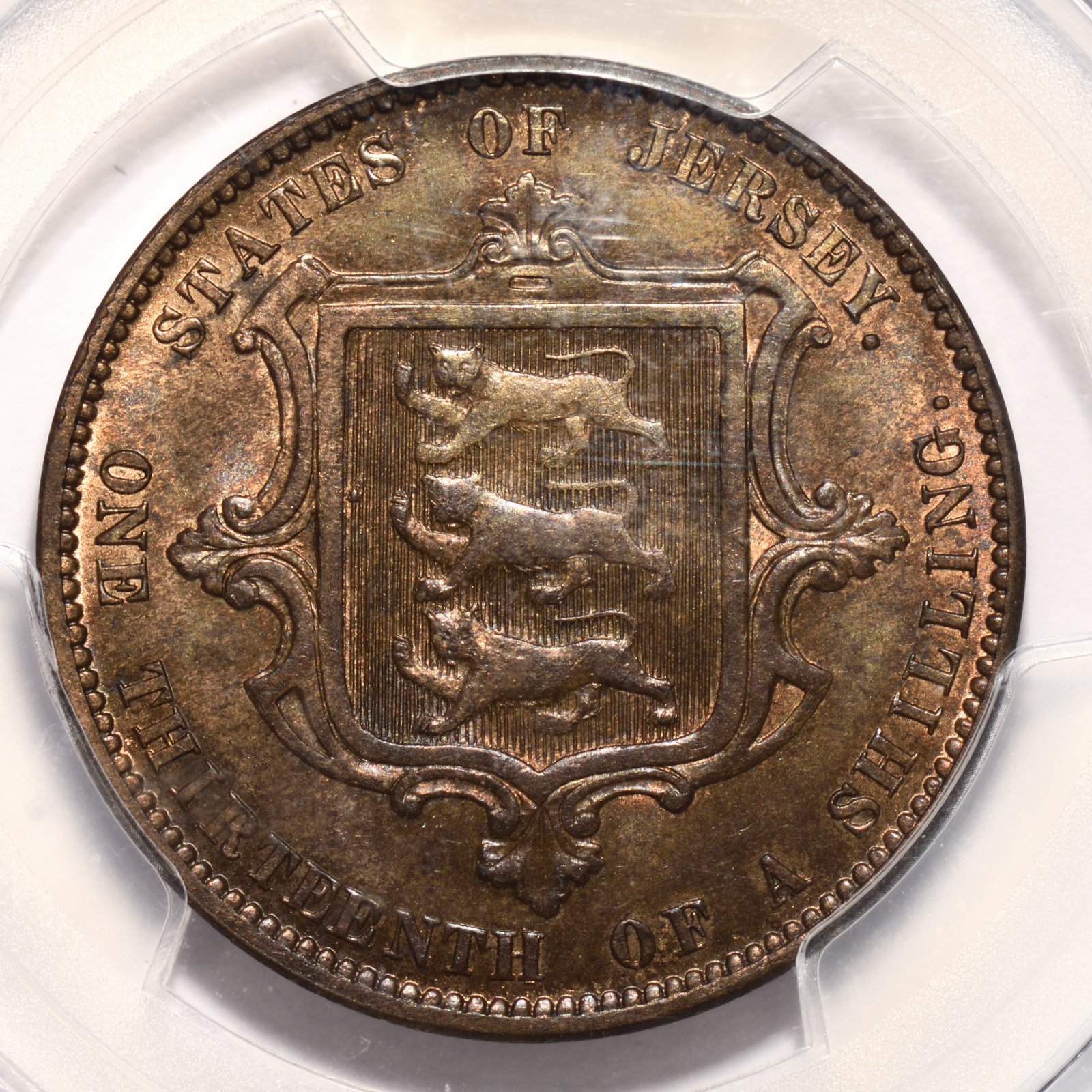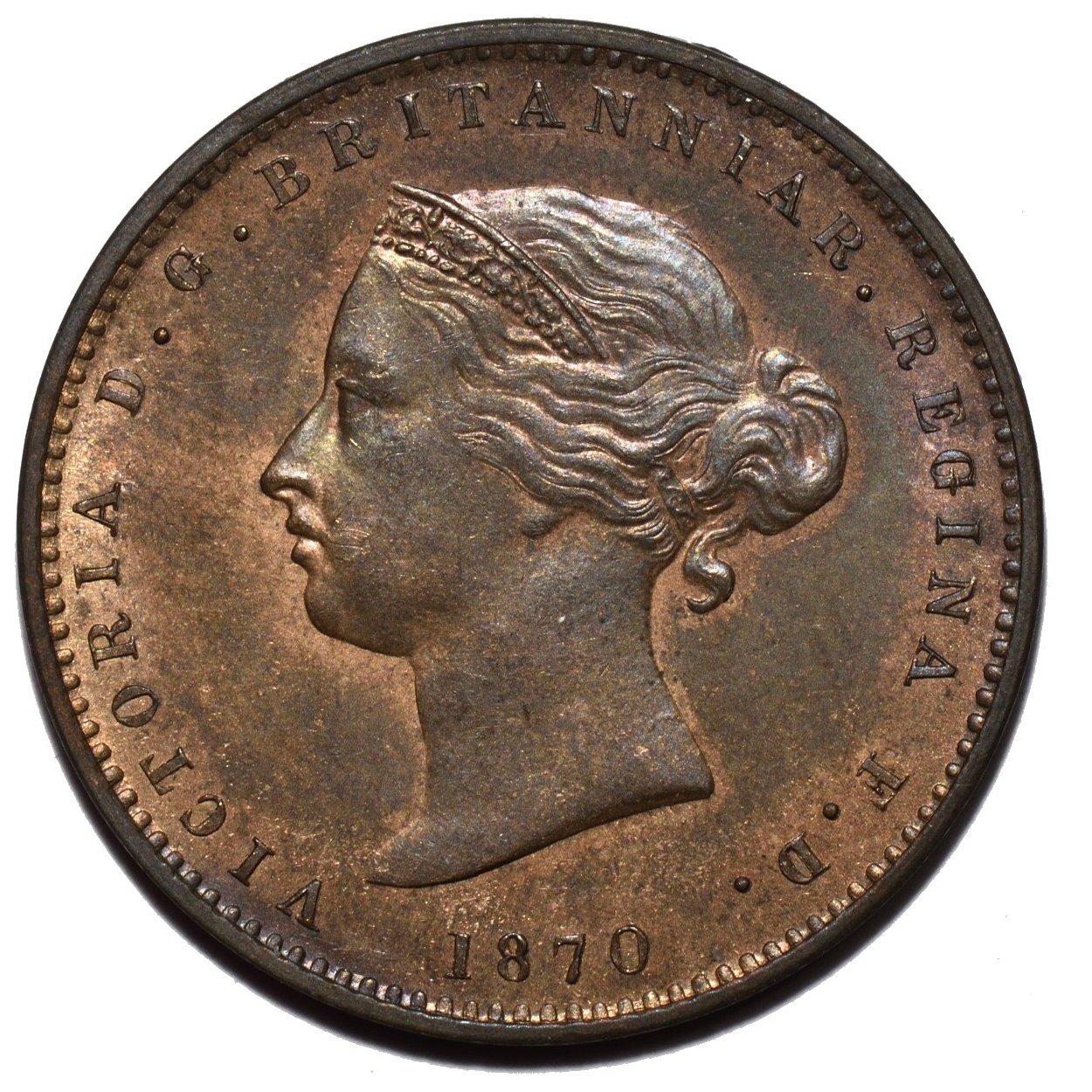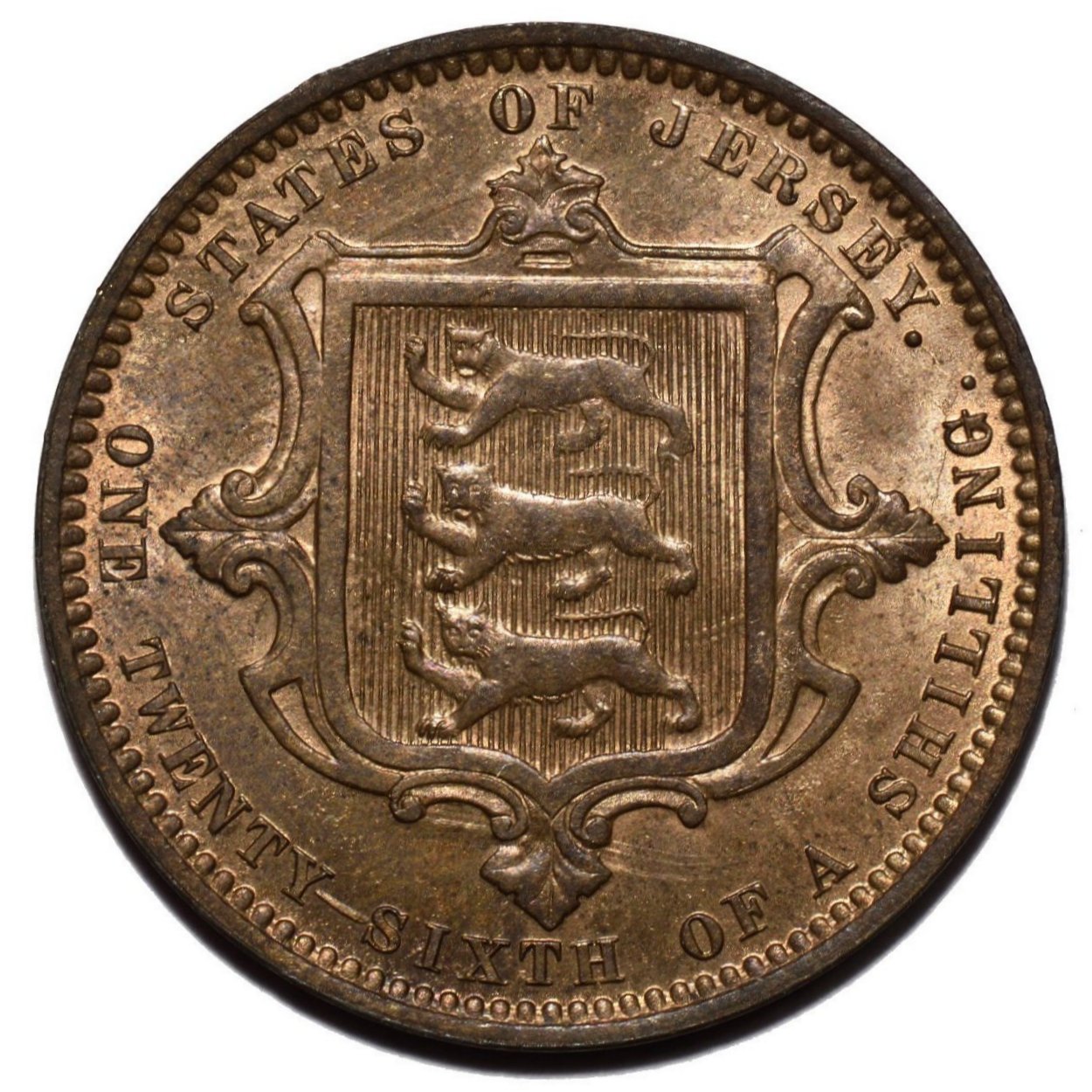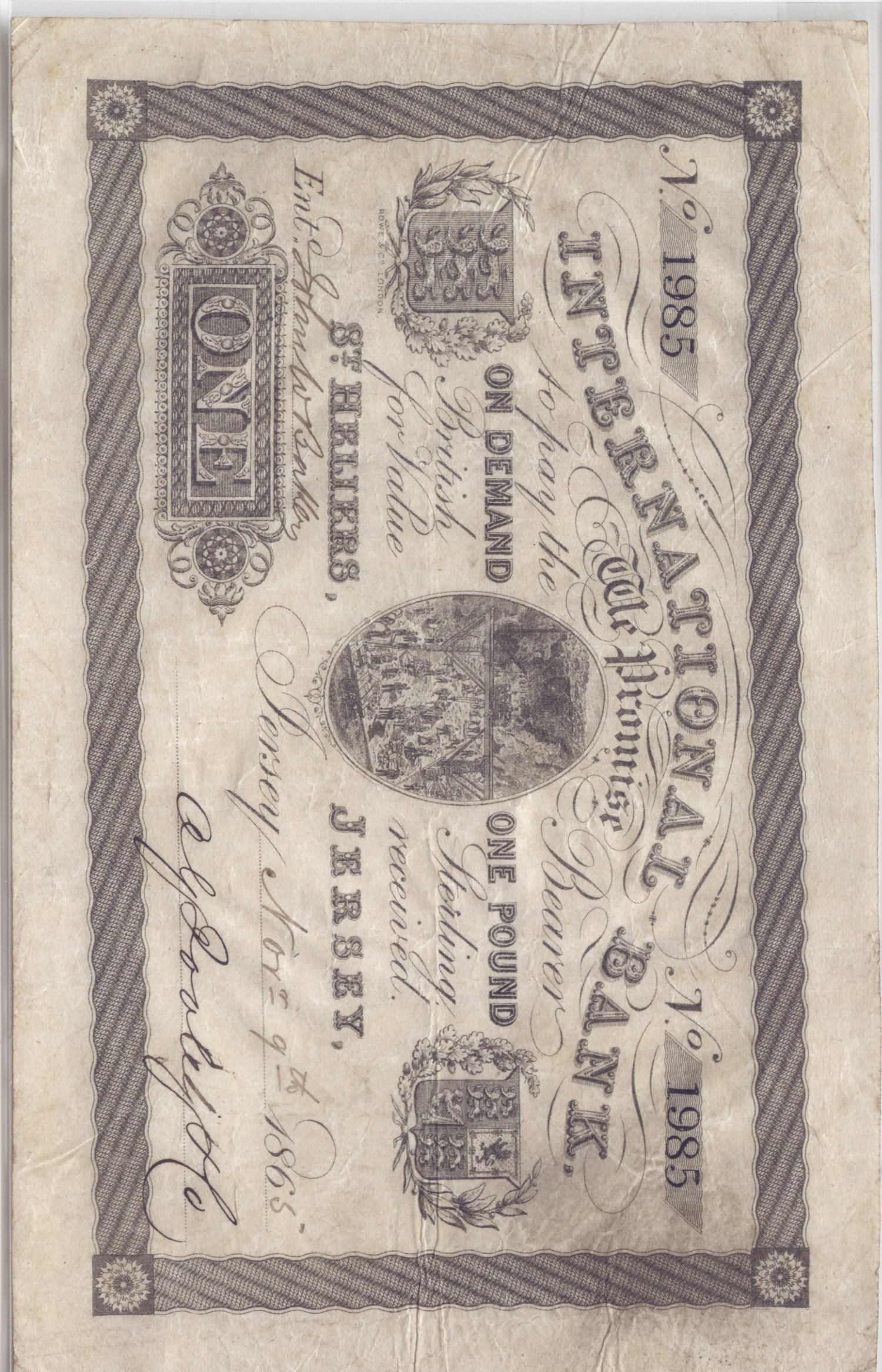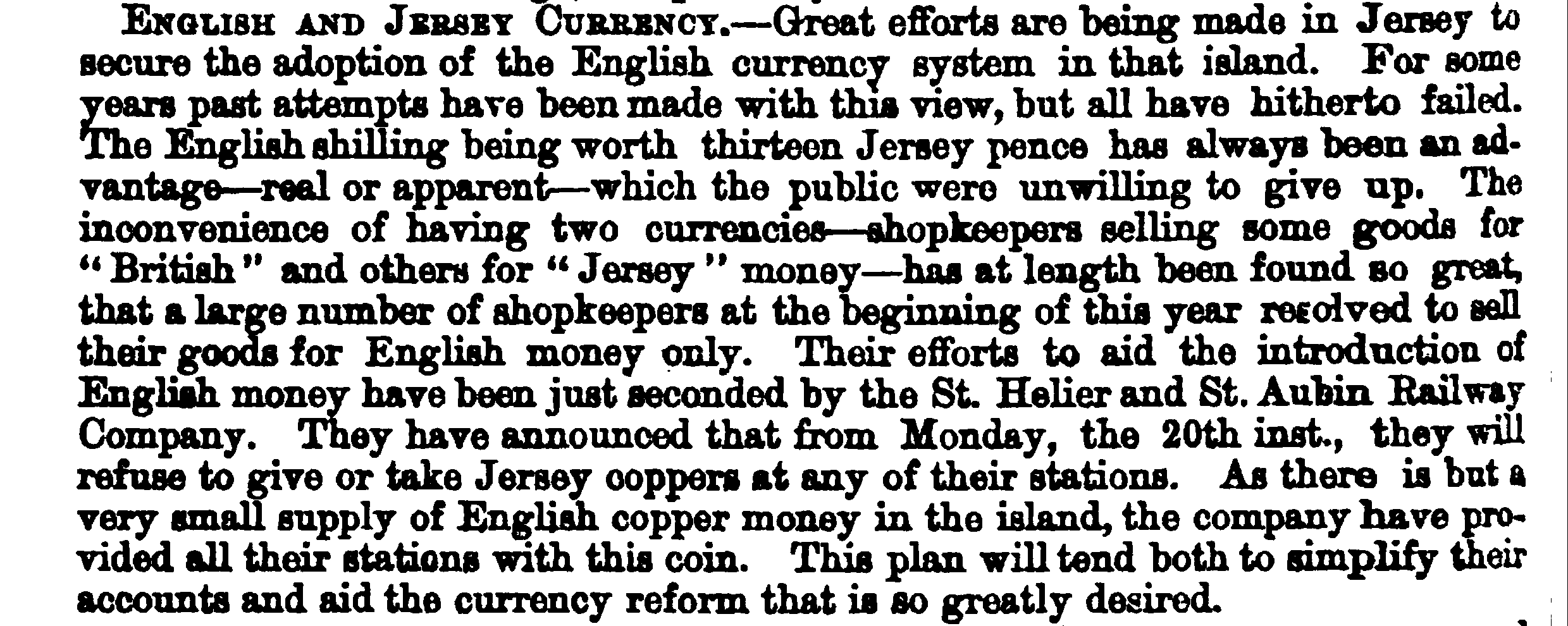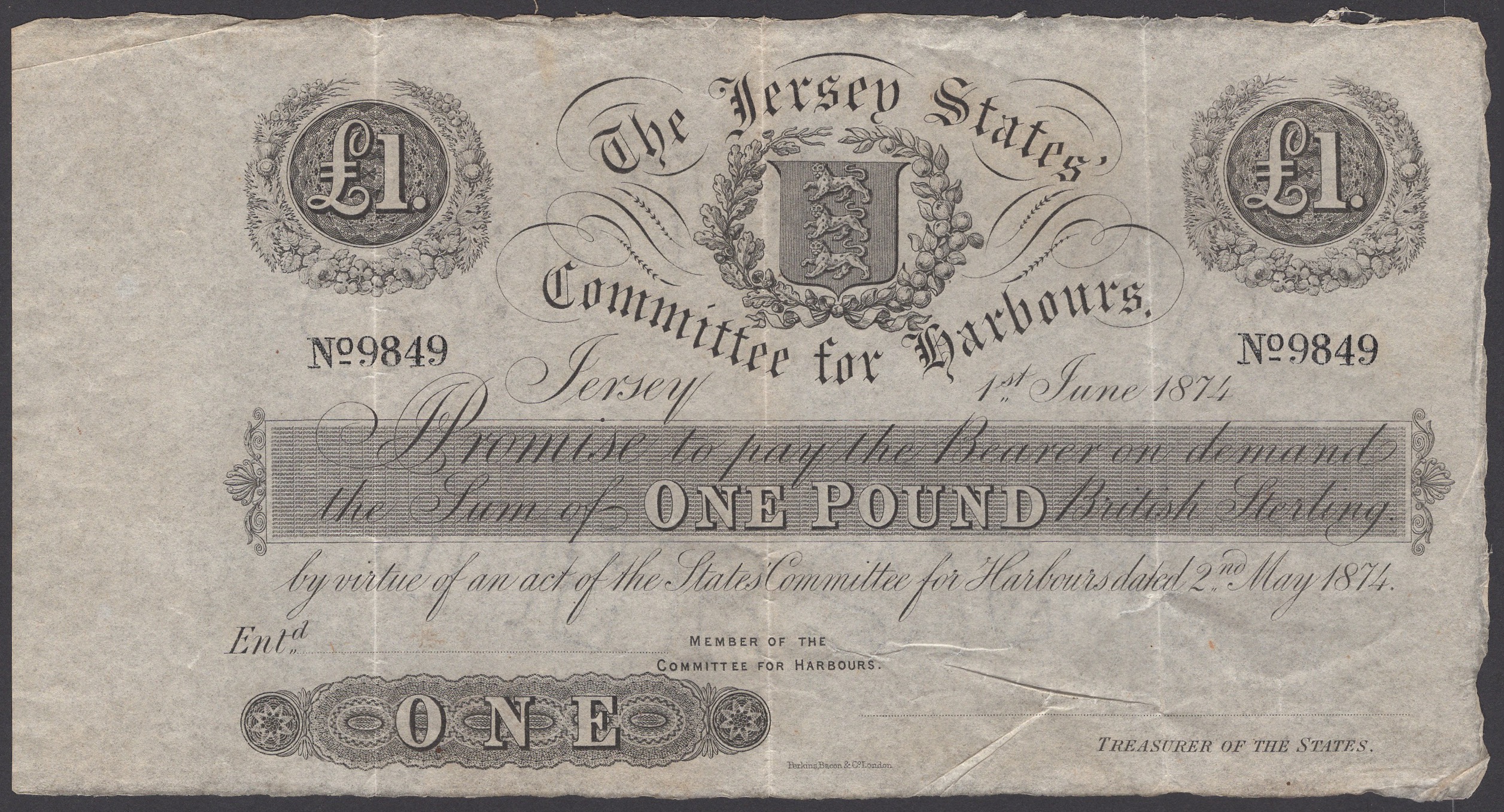
From the “The Antiquary” of August 12, 1871.
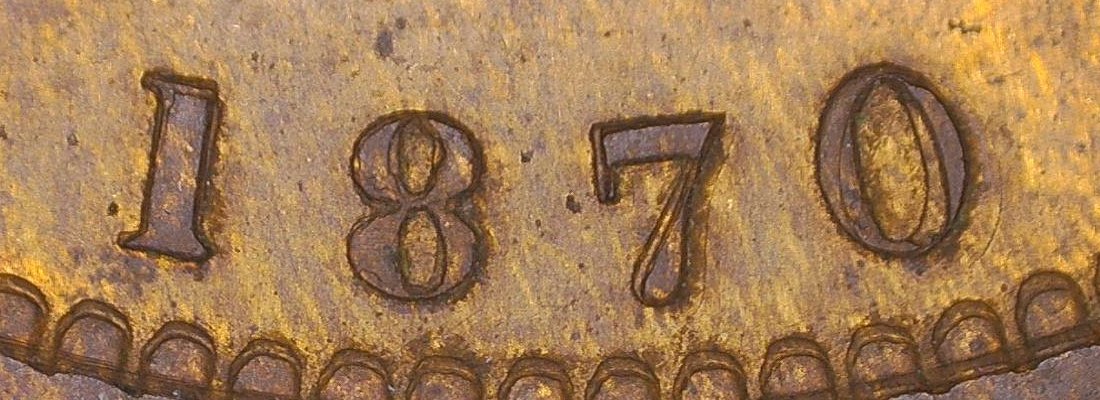
Be sure to click on the camera icon  to
review the die varieties or to
review the die varieties or
the letter icon  to see images using a digital microscope.
to see images using a digital microscope.
|
It was during this time, that the merchants of Jersey were getting frustrated
with having 13 pence to the shilling instead of the English standard of 12 pence to the shilling.
The Lords Commissioners of Her Majesty's Treasury on March 15, 1870, recommended to the
States whether advantage
should be taken at this time to assimilate the bronze coinage of Jersey with that of the United Kingdom.
On March 31, 1870, the response was that the “States of the Island are not disposed to
change the nominal value of their copper coinage.”1
Finally on February 25, 1876, at act passed stating that Jersey coinage would be denominated as a 12th, 24th, and 48th of a shilling following the English standard.
The old coins based upon 13 pence to the shilling were demonetized on December 31, 1876.2
Things to note about this series:
- The coin's metal content is 95% copper, 4% tin, and 1% zinc
- The legend on the reverse is now divided by stops (not colons).
- The coinages of 1870 and 1871 were minted from the metal obtained from the old withdrawn copper coins.3 ;
- The total nominal value of the coins for each year is £1000.
- There are various die varieties for most of these coins.
Review “The Rarity of Various Jersey Coins” site for this information.
- For more information about Jersey during this time, you can read the article
“The Channel Islands”, which appeared in the June 1875 issue of Harper's New Monthly Magazine.
- During this period, many newspaper articles discussed the state of Jersey's coinage and bank notes. Many were written
complaining about the lack of coins, the confusion between 12 and 13 pence, foreign coins, and the "Reign of Rags."
- Although, the act of 1864 required bronze coins, the 1865 proof coins were minted in copper.
|
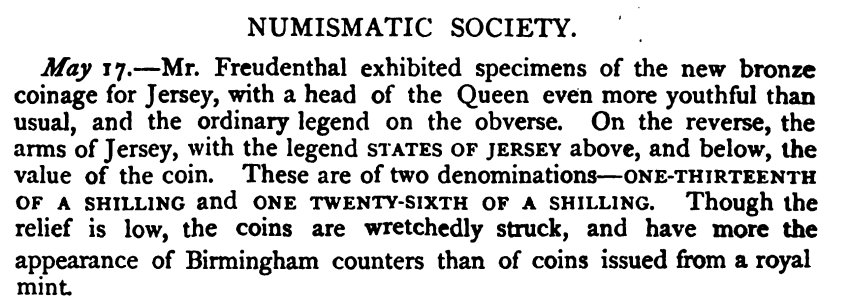 |
| From “The GentleMan's Magazine” of July 1866. |
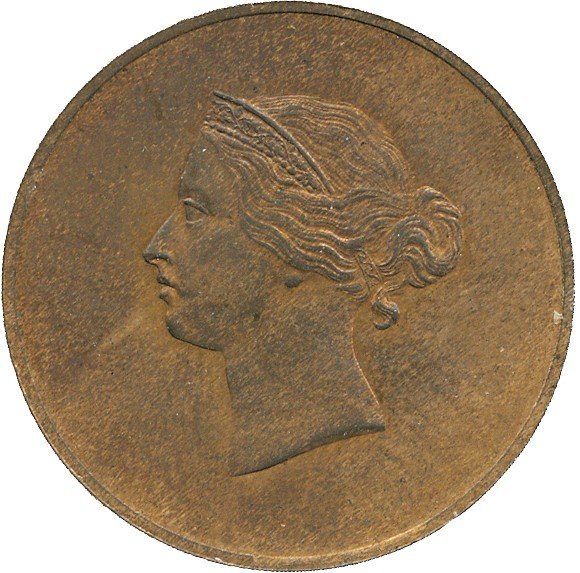 |
Unique Bronze Pattern 1/26 shilling, undated (1866),
as currency issue but without obverse legend
|
This unique bronze pattern comes from the collections of Fred Pridmore, R. J. Ford and A.L.T. McCammon. It was
fought over at the Pridmore sale in 1981 by both Ford and McCammon. Very used to being unchallenged in his quest to purchase the
most expensive proofs and patterns, Richard Ford was aggrieved to have been bid up to £2,600 for this coin by McCammon.
He was, however, the successful purchaser, but McCammon later secured the coin for his collection some nine years later at exactly
the same price.
4
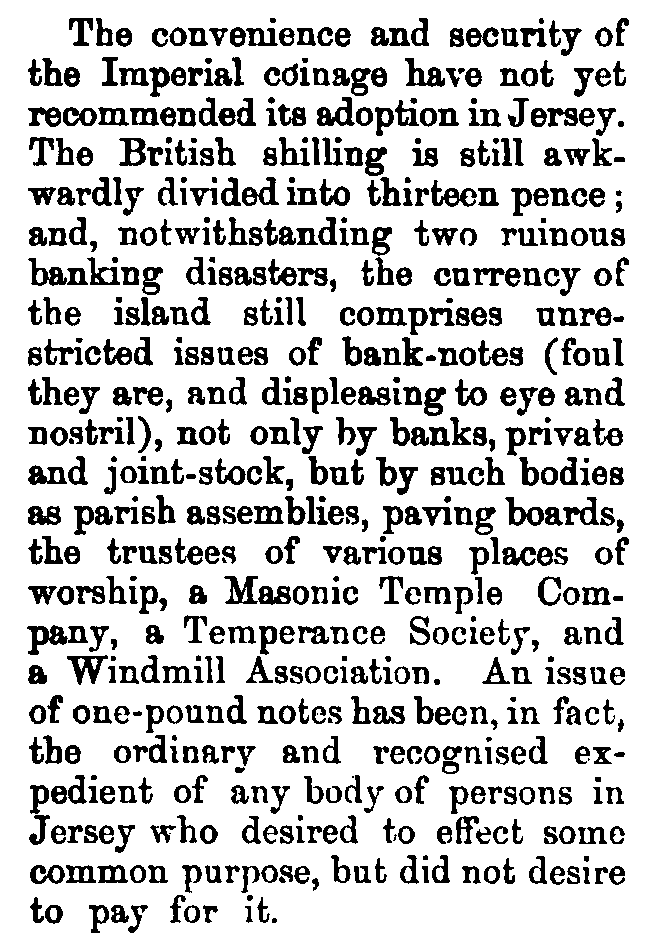 |
From “Frasier's Magazine New Series,
Volume XII, July To December 1875”
|
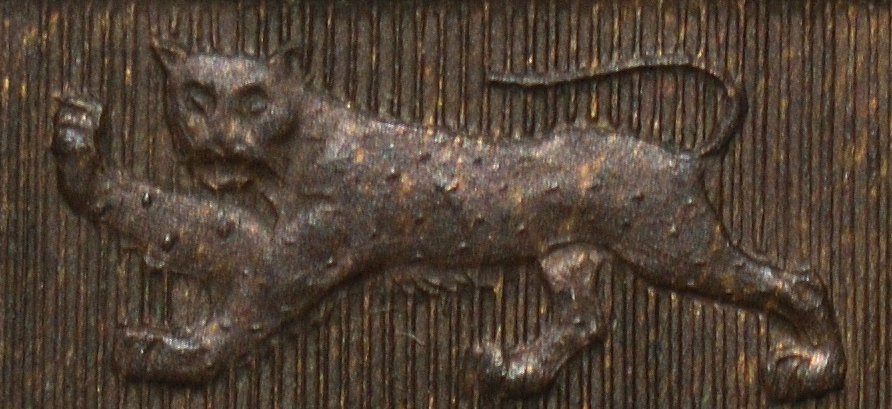




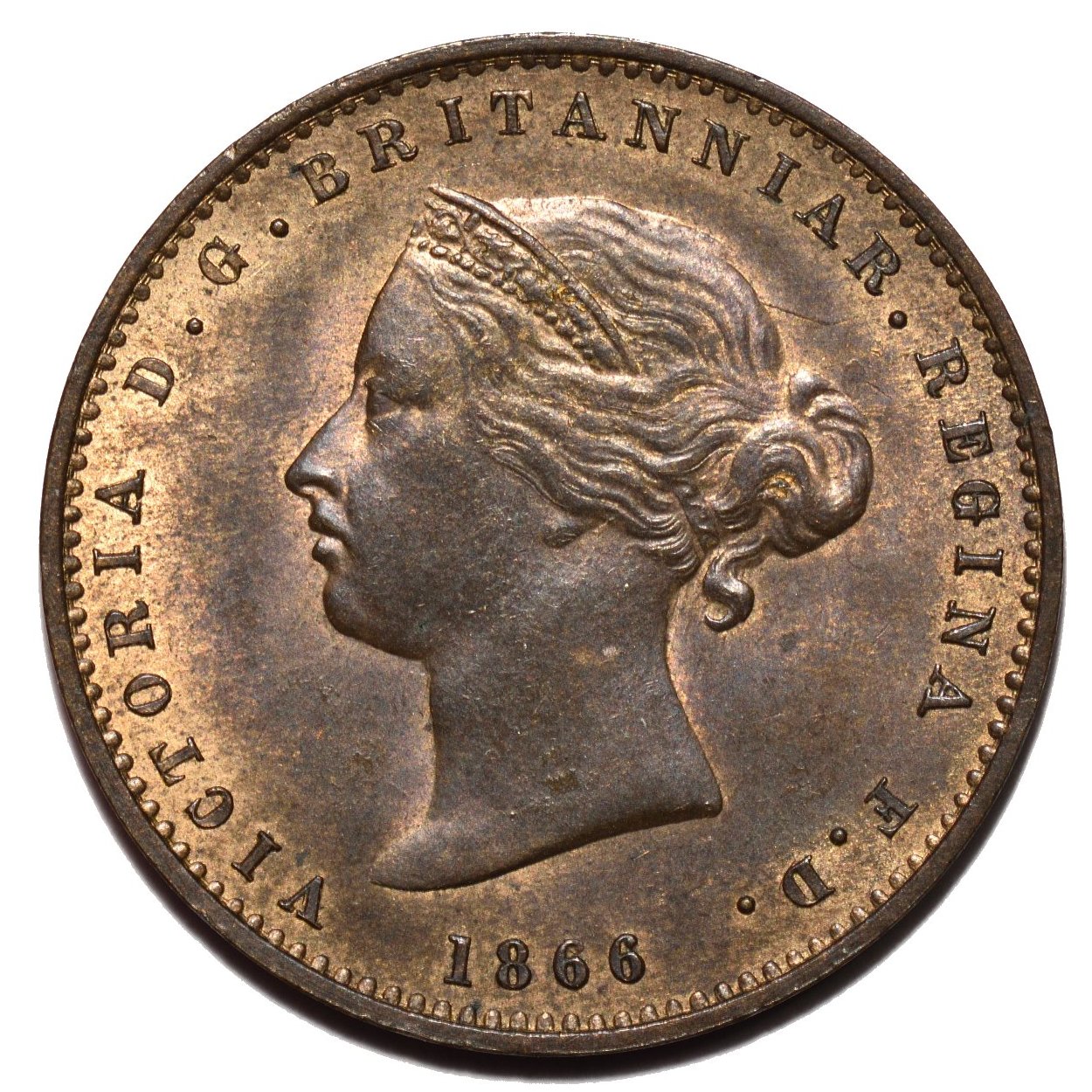

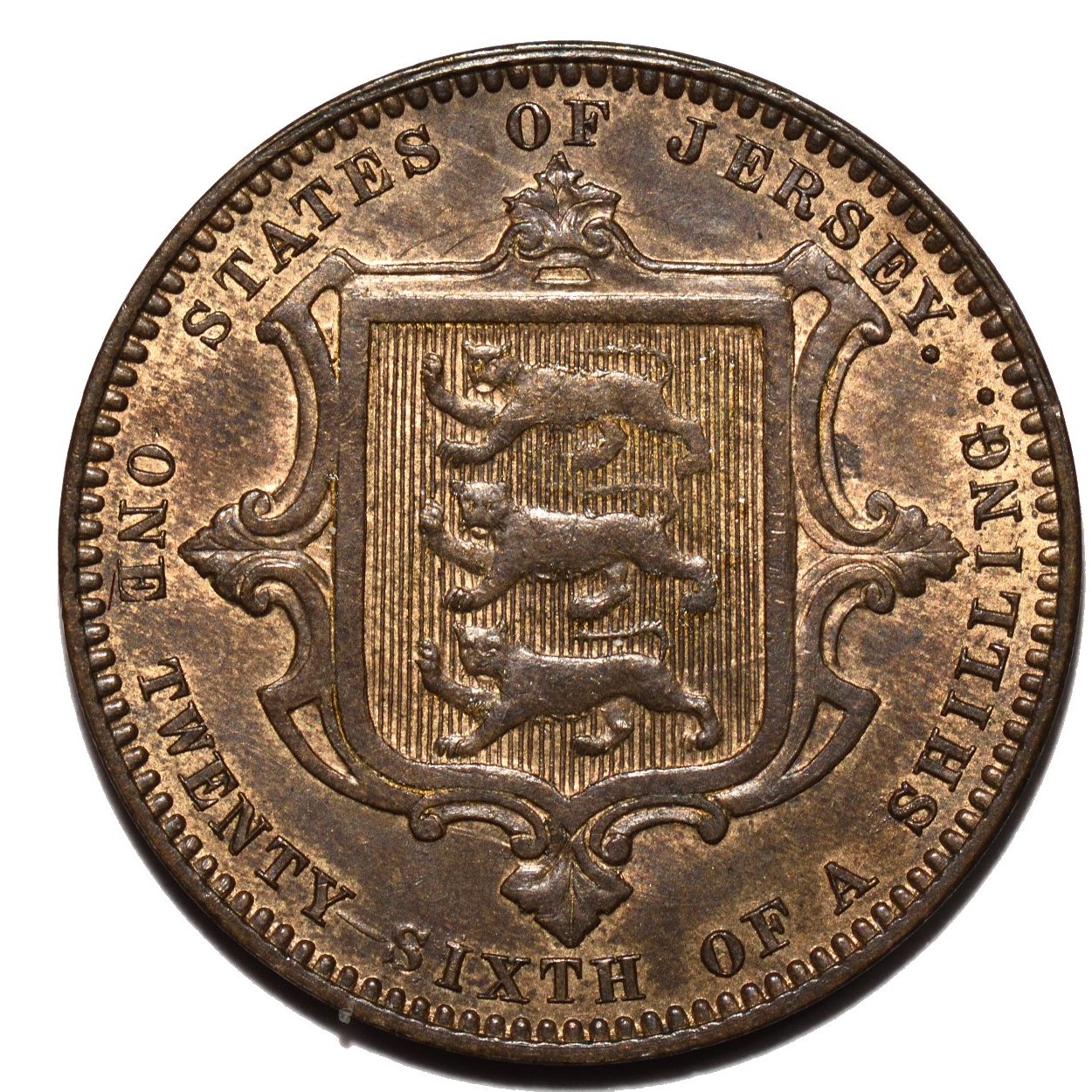





 1870 40 173,333 24.25
1870 40 173,333 24.25 



 1871 41 173,333 24.30
1871 41 173,333 24.30 



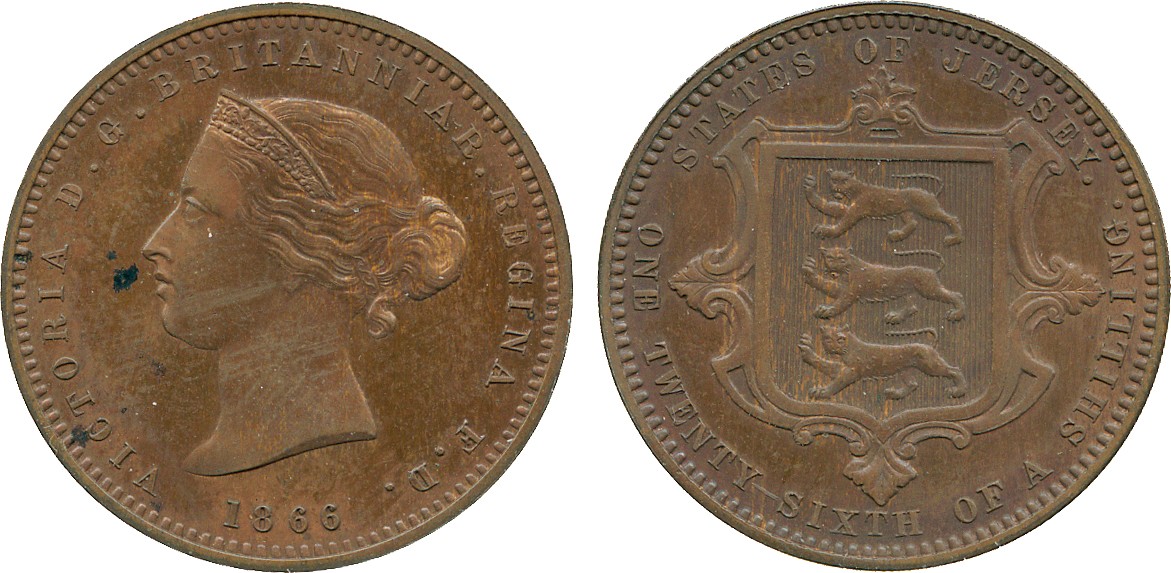
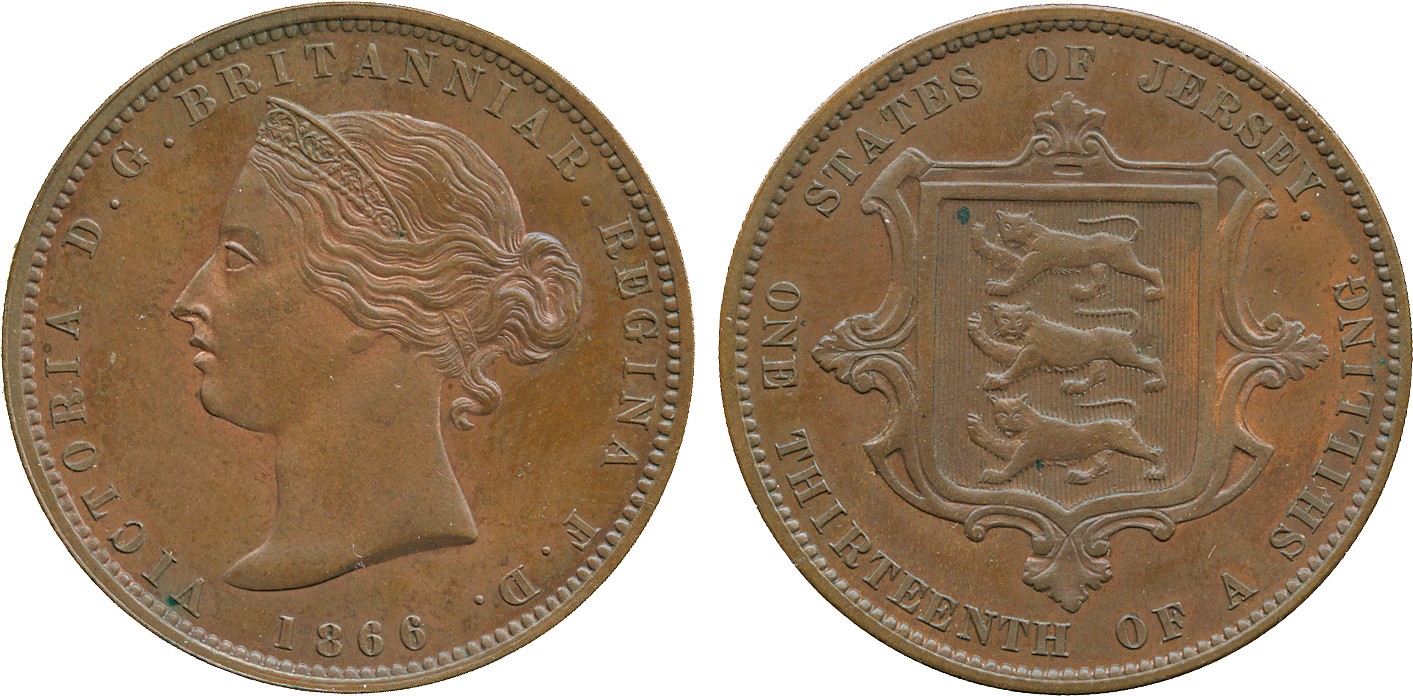
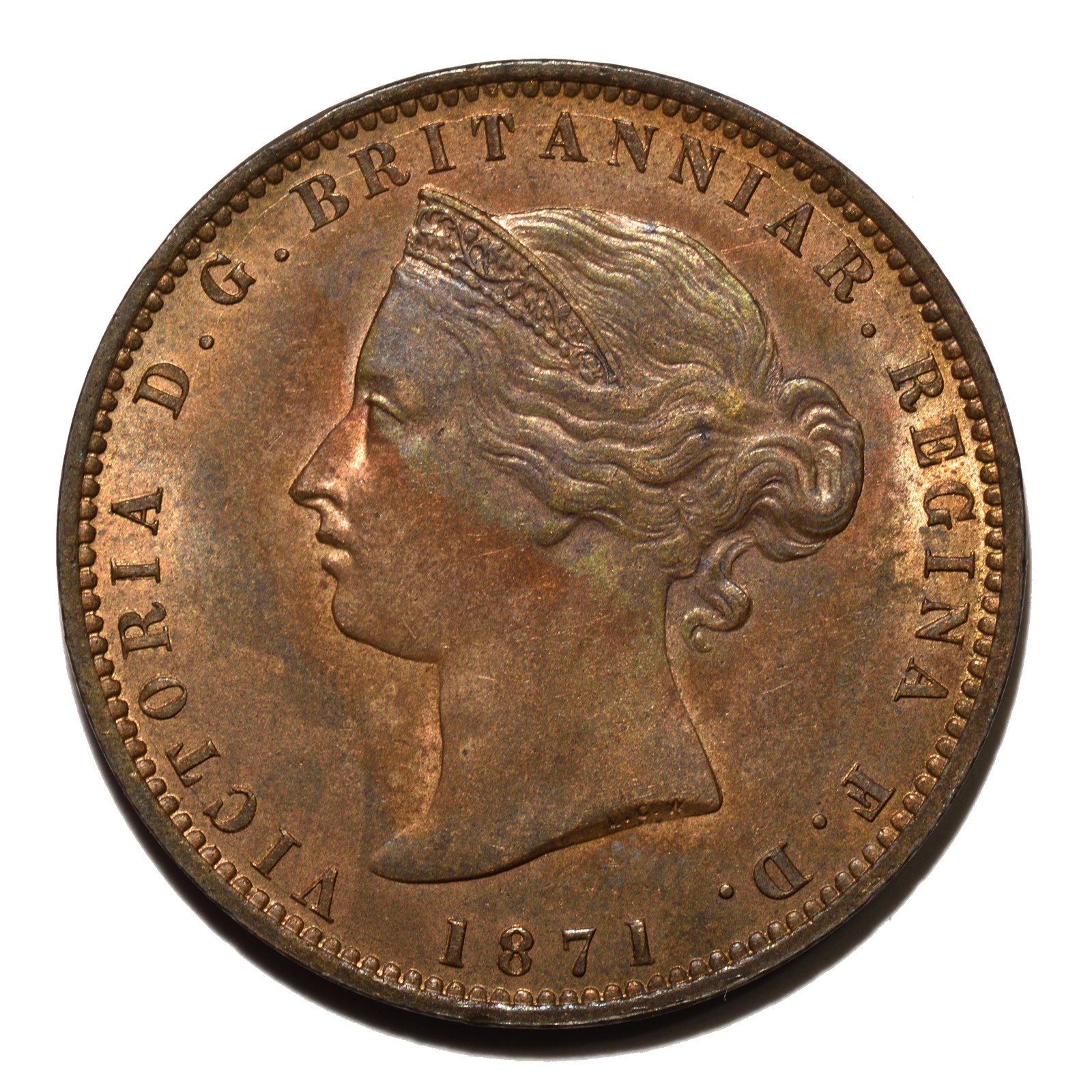
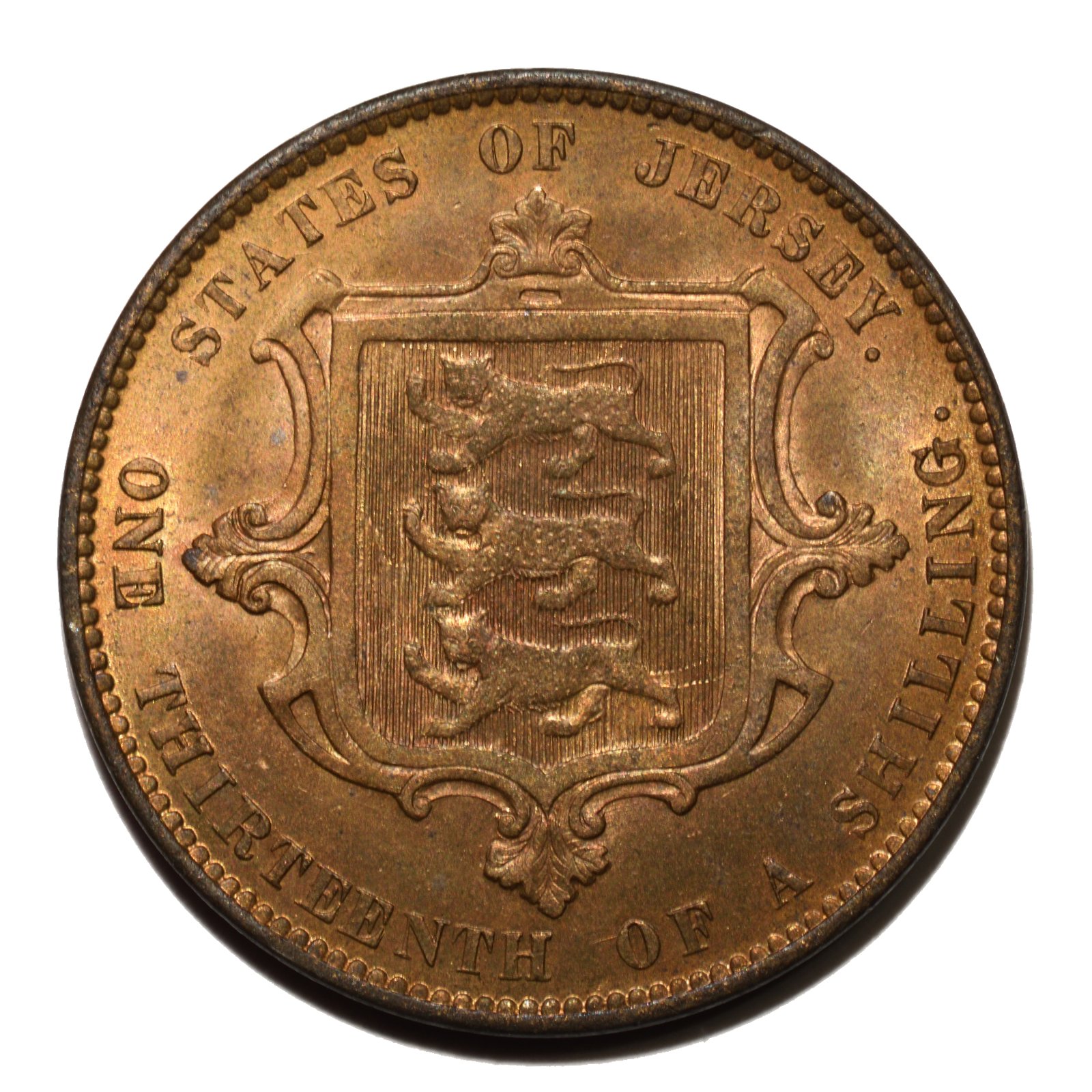





 1870 10 173,333 29.35
1870 10 173,333 29.35 




 1871 11 173,333 29.35
1871 11 173,333 29.35 





